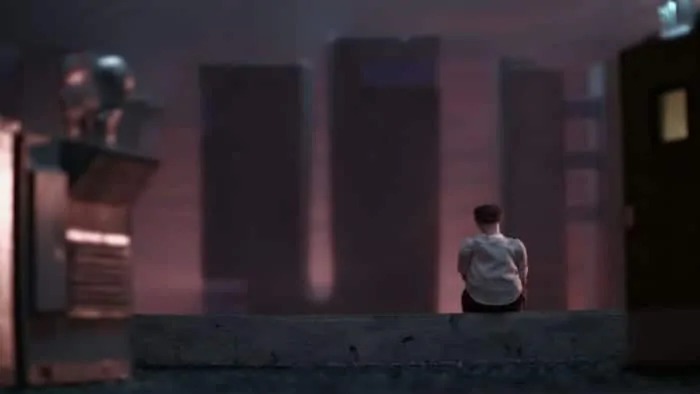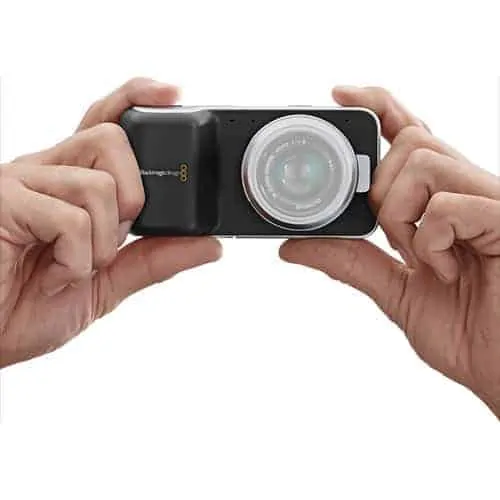The life of an indie manufacturer is not easy: It’s one thing to produce relatively low cost cameras, but it’s entirely another thing to get big name directors to use them on their projects.
For Blackmagic Design, it would seem the tide is slowly turning in their favor…
The Australian cinema camera maker announced that several films screened this week at the Sundance film festival were shot on their cameras — specifically, the Blackmagic Cinema Camera (starting at $1,995), and Blackmagic Pocket Cinema Camera ($995).
Here’s the four films shot on Blackmagic cameras that made it to Sundance:
The 4th – DP Shane Bruce Johnston, DP Charles J. Gibson with Blackmagic Cinema Cameras and Pocket Cinema Cameras, and color graded by Mark Todd Osborne with DaVinci Resolve Studio
All These Sleepless Nights – Director and DP Michal Marczak with Pocket Cinema Camera
Manoman – DP Steven Cameron Ferguson with Pocket Cinema Camera
Operation Avalanche – DPs Jared Raab and Andrew Appelle with Pocket Cinema Camera
In addition, the company’s color grading software, DaVinci Resolve Studio, was also used to process the look of dozens of films.
Upcoming films that were shot on Blackmagic include: Michael Jackson’s Journey from Motown to Off the Wall (Spike Lee); Yoga Hosers (Kevin Smith); Sleight; Wiener-Dog (Todd Solondz); Swiss Army Man; and Equity.

I haven’t seen any of the above films yet, though if they look anything like the footage I’ve seen around the Web (Vimeo especially) then I’d doubt many could tell the difference between these and films using most more expensive cameras from companies such as RED and Arri.
Blackmagic has been one of the reasons, in my view, why the low cost cinema market has emerged. Cameras that produce high quality, cinematic images can now be had for under $1,000 (Blackmagic Pocket Cinema Camera). That is utterly phenomenal. And puts tools into the hands of creative people, such as film school students, who might not otherwise have the budget to otherwise afford to shoot from something other than their iPhone (still, not a bad choice!).

Although I’m a Canon C100 guy, and have placed a pre-order for RED’s upcoming Raven, I want to see Blackmagic do well. We all benefit with the increased competition. Specs improve, prices drop — yet quality it would seem is generally without compromise. So this is good news for all.
More Pro Video from Stark Insider
In A World: How to build a simple, low-cost voice-over studio
From DSLR to Super 35: Canon C100 Mk II First Impressions + Harley Quinn! (Video Test)
One concern I have with this company is regarding their most recent camera announcement. It came last year, in April during the NAB show in Vegas. There Blackmagic stole headlines, including one literally here on Stark Insider for its new “Ursa Mini” camera. Based on paper it’s a wunderkind. And at just under $5,000 it’s a cinematic bargain. Only one problem: it’s still not shipping. Here we are coming up on the one year anniversary of the announcement, and this product has yet to see the light of day. I would hope that means the company is still fine tuning its performance and is reluctant to bring the Ursa Mini prematurely to market. The delay perhaps demonstrates the challenge a smaller manufacturer faces in a market dominated by well-heeled giants like Sony and Canon.
Regardless, I suppose the best thing to remember at the end of the day: story trumps all. And the camera is yet another tool in a large box of tools that includes lights, microphones, cables, stands, grips, etc.


